Africa on Safari: Drones and remote-controlled buggies capture intimate wildlife photographs
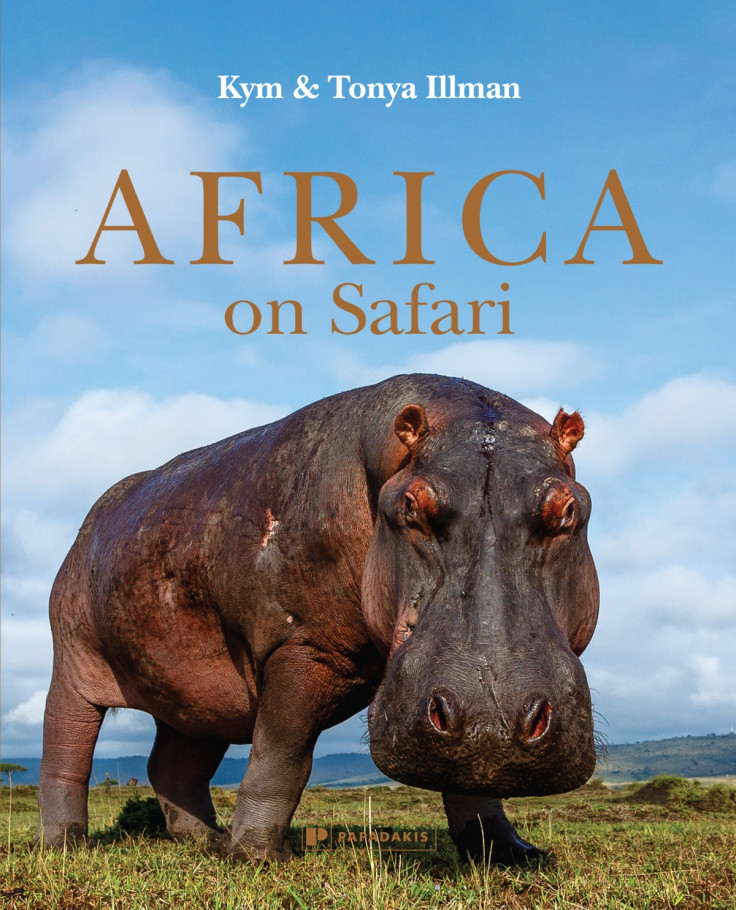
Australian wildlife photographers Kym and Tonya Illman spend around three months of every year on safari in Africa. Their intimate, up-close animal portraits are a result of innovative techniques and technology, including quadcopter drones, remote-controlled camera buggies and cameras buried in elephant dung. They have spent days concealed in photographic hides and have chartered helicopters to photograph sweeping vistas.
Kym Illman explains: "The vast majority of wildlife safari photos are taken from the top of a vehicle looking down on an animal. This is because it is the easiest and most comfortable way to shoot. We, like most others, took the same easy route on the first couple of safaris, and ended up with the same sort of shots most people come away with. Of course, if what we were photographing was amazing, such as a gazelle giving birth whilst being chased by a jackal, the angle would be insignificant. But when faced with a simple shot of an elephant or lion going about its daily routine, we realised our images had to be different. We needed to find fresh, unique perspectives in order to tell the tale."
After a few safaris, the Illmans gained enough confidence to try new angles: "Moving beyond shooting from the roof, trying new angles and getting close enough to use wide-angle lenses had a profound effect on our images, turning good into great in many instances."
More than 140 of their great images have been published in their book Africa On Safari. Each photograph is accompanied by the fascinating story behind its capture. In this gallery, IBTimesUK shares a small selection of the photos and the photographers' recollections about how they were captured.
"This young South African leopard was intrigued by the remote-controlled buggy," the Illmans say. "After studying it for a few minutes, it pawed the wheel and lens port before losing interest and moving off."

"Photography is all about the light, and the light on this afternoon in the Okavango Delta was dreamy. We were fortunate that the clouds dispersed
a couple of hours before we took off in the Robinson R44 helicopter, leaving the rich blue sky reflected in the crystal clear water. Photographing from a helicopter requires a fast shutter speed to overcome the vibration from the aircraft. The 300mm, f/2.8 lens was ideal for this shot, resulting in a 1/3200th of a second shutter speed."
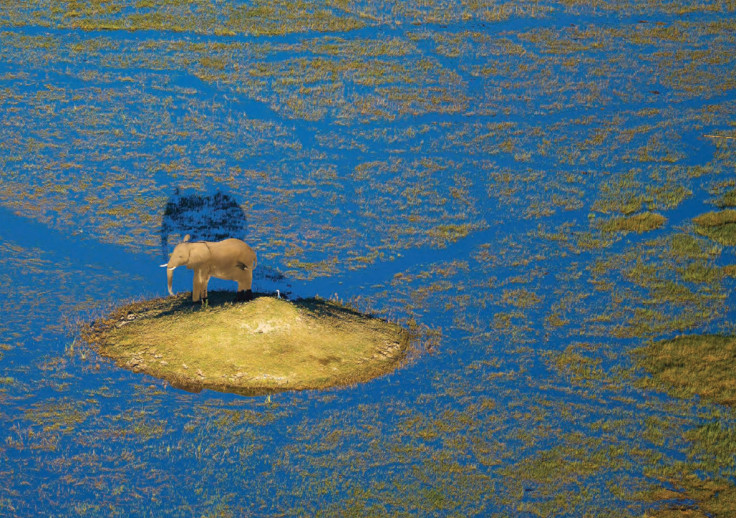
"It is rare to see a lion in a tree, so spotting nine is quite a coup. This pride had eaten prior to us finding them near the Seronera Research Centre in Tanzania's Serengeti National Park. We had left camp around 5.30am that day and driven for six hours, seeing nothing but three hippos. This sighting certainly lifted our spirits."
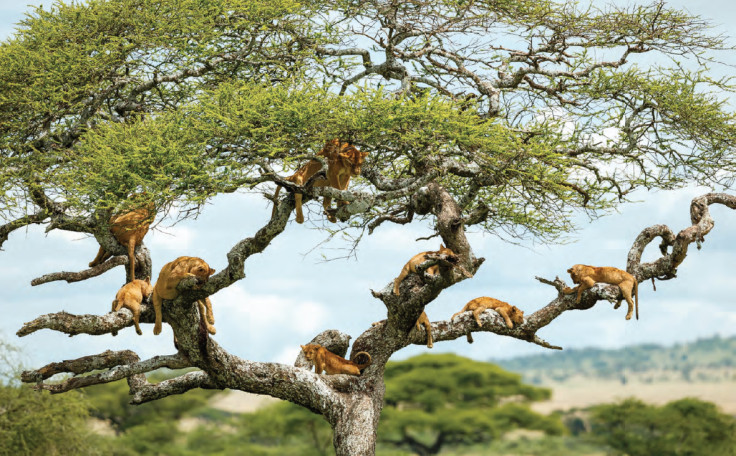
"Using a wide-angle lens (16mm) on our remote-controlled camera buggy results in the background being smaller in shot and appearing further away. We fire the camera shutter using the same remote control transmitter that we use to drive the buggy, allowing us a range of a couple of hundred metres, although we rarely sit more than 50 metres from the camera. The buggy is always moved slowly and, apart from when we drive it back to the vehicle, the only real movement is to swing it left or right to fit different lions into the shot."

"Shooting at f/2.8 enabled us to separate the sitting hippo from the others. In October, when water is scarce in Tanzania's Katavi National Park, the male hippos compete in bloody territorial fights, with the vanquished male forced to lurk haplessly on the open plains until it gathers sufficient confidence to mount another challenge. The action normally kicks off in the late afternoon each day."
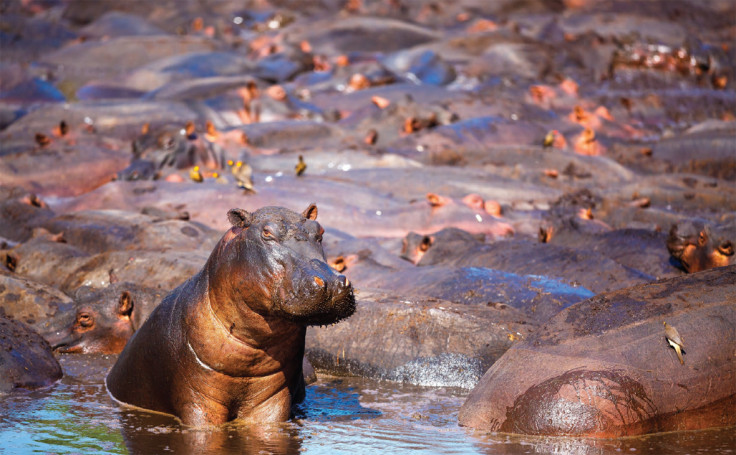
"Despite there being a limit on how close you can get to the habituated gorillas in Uganda and Rwanda, there is no limit on how close they can get to you. It is not uncommon for them to calmly brush past you as they move about the rainforest. If they charge at you, you are advised by the guides to remain still and not retreat. In theory, this sounds like a sensible strategy but the first time it happens to you, your natural instincts will almost certainly take over. Groups of up to eight people visit one gorilla family each, although if you opt for the longest trek (up to four hours each way), sometimes you will be the only people in your group. The freedom to move about without having to worry about others is a photographer's dream. We did two treks and were lucky to have no other guests with us on either. When photographing gorillas, expect overcast skies. A fast lens like a 135mm f/2.0 is ideal, although this shot was taken using a 70-200mm, f/2.8 lens. Ideally you would use a flash in this situation; however, flash photography is not permitted. In fact, your guide will ensure the flash function on your camera is set to OFF to avoid startling the gorillas."
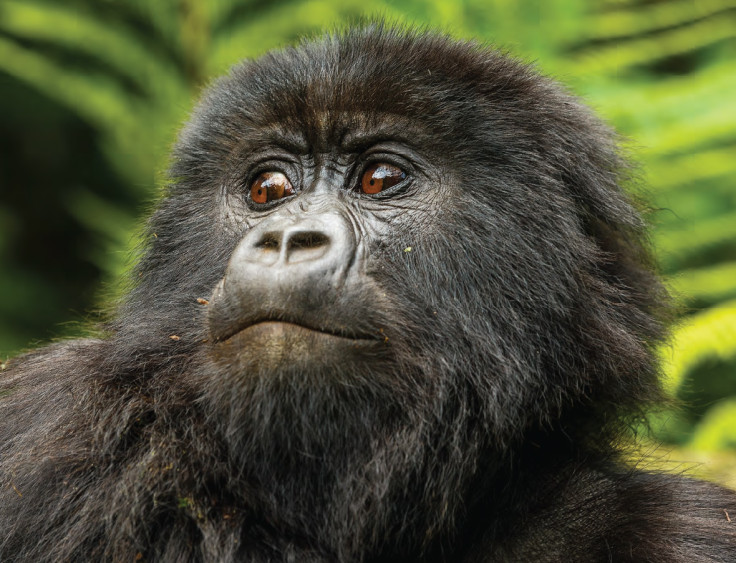
"After spotting this lion sleeping in a wheel track in the Mara, we stopped 20 metres away. We mounted a camera with a 70-200mm lens on
a monopod and connected the camera to our laptop. We lowered the camera out of the vehicle window, enabling us to shoot from just above ground level and view the shot on our computer using 'live view' mode. It is not often you get an opportunity for such a clean shot of a sleeping male lion."
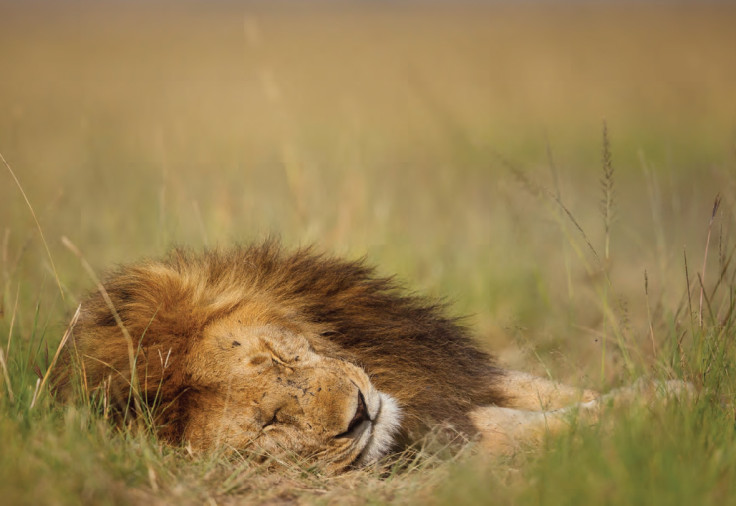
"This zebra died of natural causes so we placed a camera two metres from the animal, covered all but the lens in elephant dung and set the camera to take a shot every two seconds. Three hours later, after the sun had set, we returned to spot a leopard leaving the scene. Our excitement turned to disappointment when we picked the camera up, as it had run out of power, but that disappointment was short-lived. During the 90 minutes the camera was working, numerous vultures, jackals and the leopard we saw departing, had been captured."

Kym and Tonya Illman say this "lion selfie" is one of their favourite images, and a true team effort. Kym Illman explains: "These two sub-adults followed the buggy back to our safari vehicle. To avoid them taking it, we parked it under the car, and when they sat patiently next to the vehicle, we quickly attached a camera to a monopod. While I held the monopod steady, Tonya activated the shutter using a remote control just as one of them gently pawed at it."
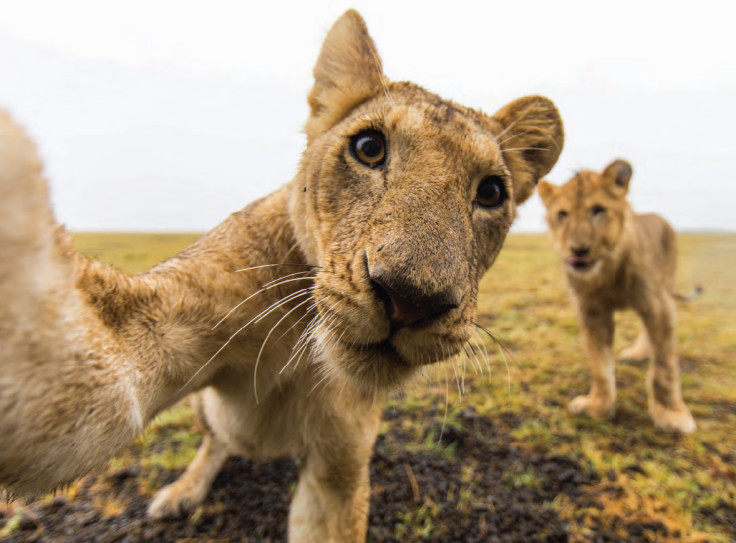
"The cheetah is the smallest and fastest of the big cats. We photographed this one in a private park at close quarters using a wide-angle lens. The two things that surprised us were its level of comfort in our presence and the loudness of its constant purring."
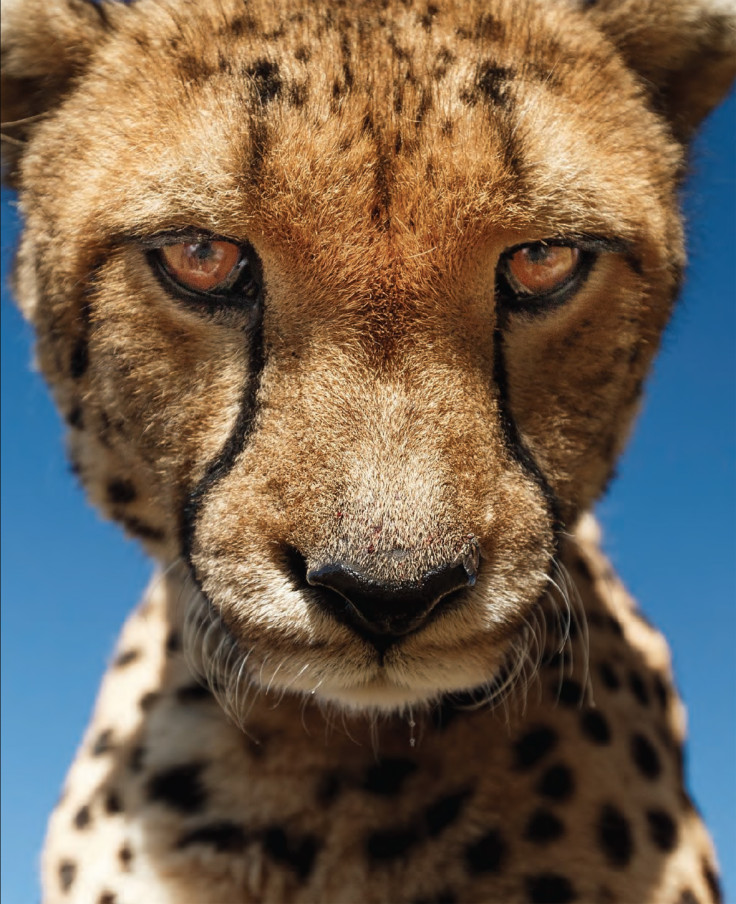
In the book, the Illmans offer expert advice to help readers get the most out of their safari experience: where to go, when to go, what camera equipment to take and, vitally, how, when and where to use it. They say: "The vast majority of professional photographers are understandably guarded about revealing this sort of information but as wildlife photography is not our primary business, we had no qualms about sharing this information."
The Illmans take in excess of 70kg of photographic gear along on each trip. Taking out a seat frees up space in the vehicle for camera equipment and makes it easier to shoot.
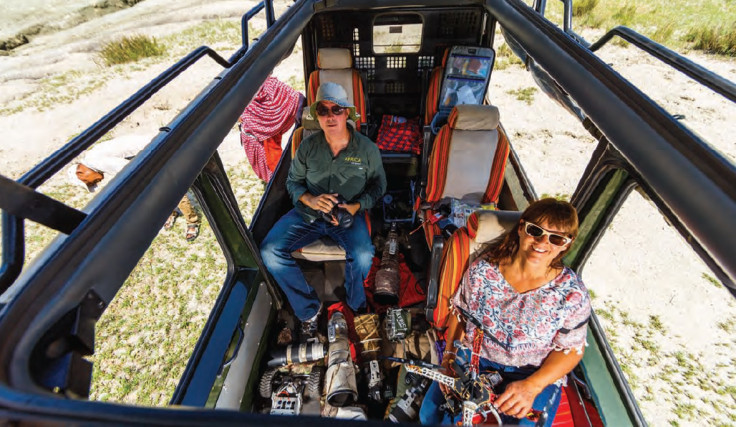
This photo shows the cameras, lenses and gadgets that the Illmans take on each safari. For a detailed insight into what to use and when and how to use it, go to www.kymillman.com/AOS, where you can explore the equipment in detail and see metadata from all images.
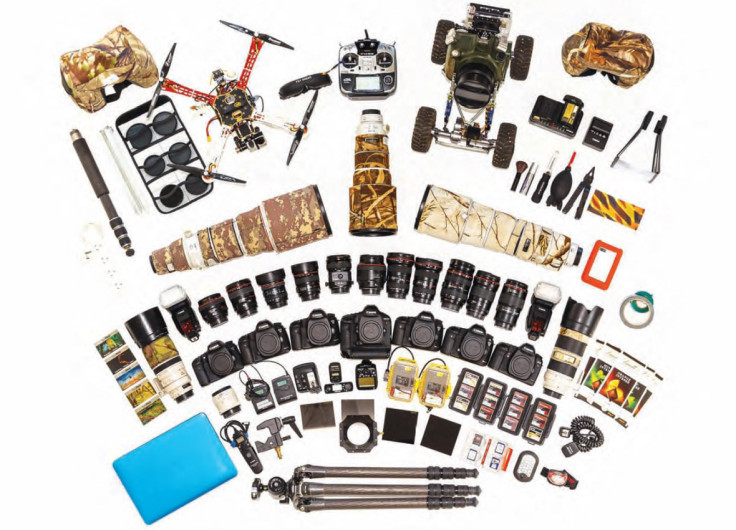
This is just a tiny selection of the more than 140 images in the lavish photo book. Africa On Safari by Kym & Tonya Illman is published by Papadakis, October 2015, and is available at a recommended retail price of £30.
© Copyright IBTimes 2025. All rights reserved.






















